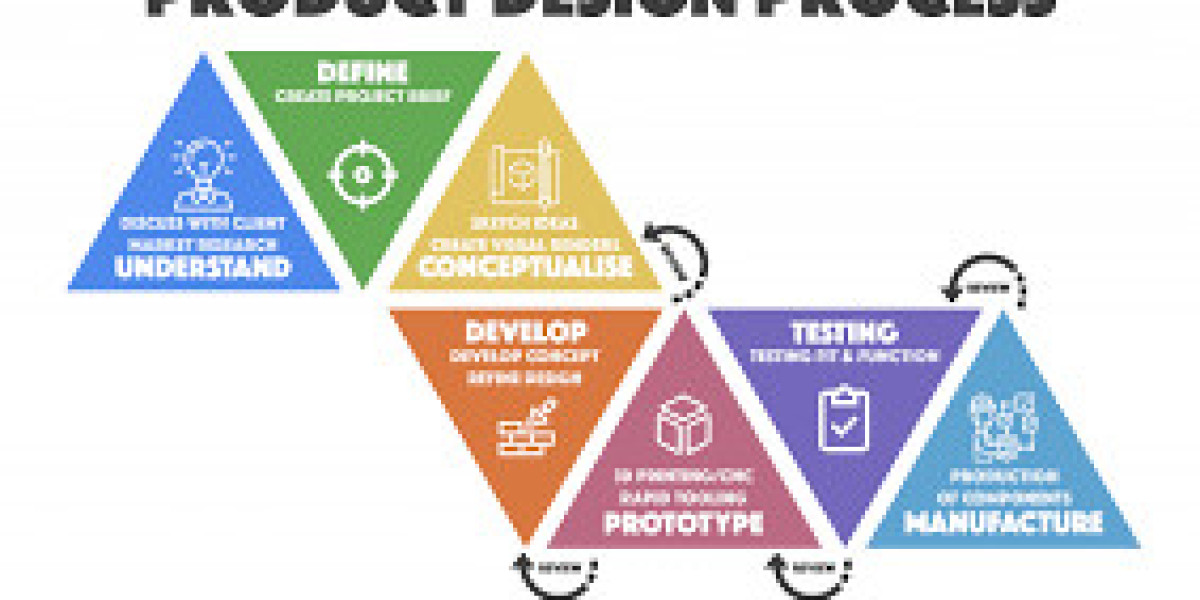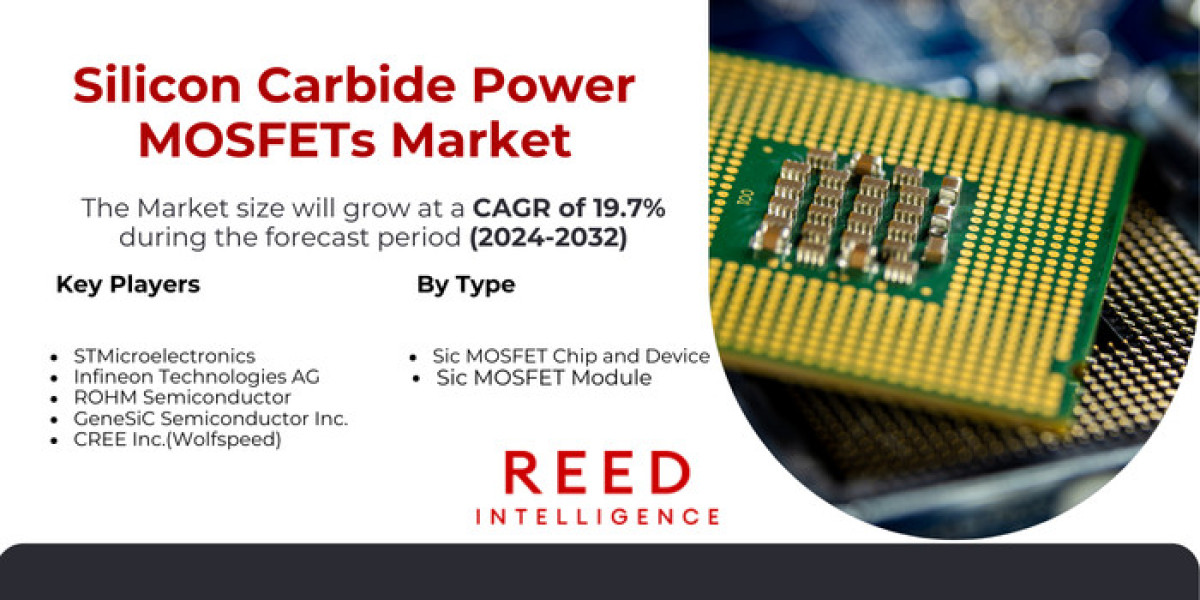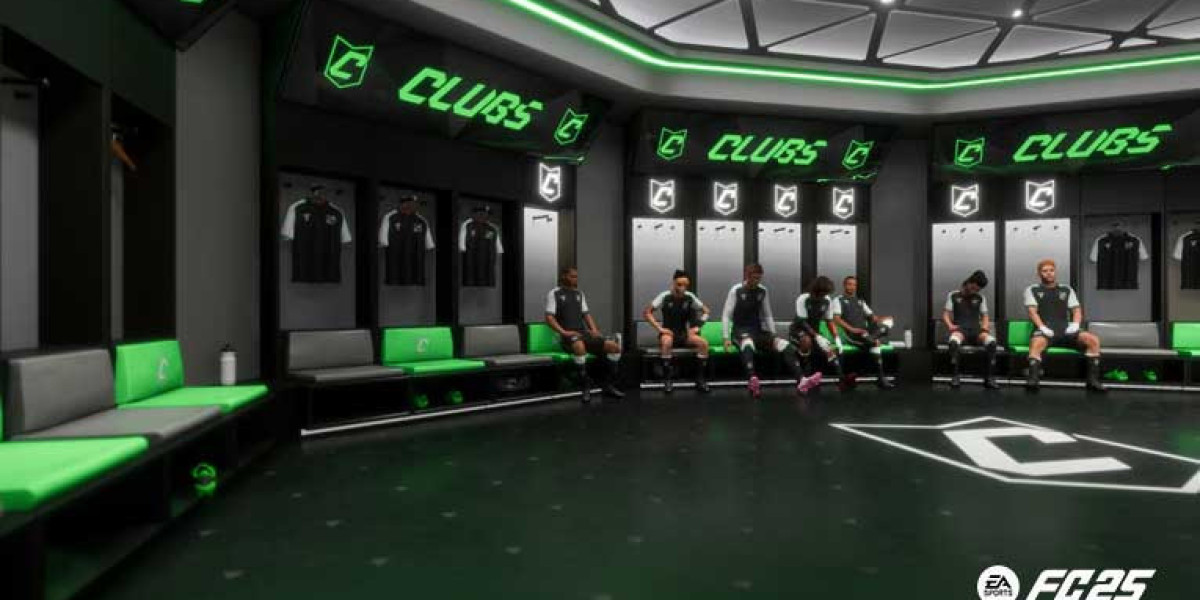Product design, a pivotal intersection of creativity, functionality, and user experience, is the process of creating physical or digital products that meet user needs and expectations. It encompasses a wide range of activities, from conceptualization and prototyping to manufacturing and marketing. In today's competitive landscape, effective product design is essential for businesses to thrive and stay relevant.
The Importance of Product Design
- User Satisfaction: Well-designed products are intuitive to use, aesthetically pleasing, and provide a satisfying user experience. This leads to increased customer loyalty and positive brand perception.
- Competitive Advantage: Innovative and high-quality product design can differentiate a business from its competitors, giving it a unique selling proposition.
- Market Success: Products that meet the needs and desires of target audiences are more likely to achieve commercial success and generate revenue.
- Brand Identity: Product design plays a crucial role in shaping a brand's identity and communicating its values to consumers.
Key Stages of Product Design
- Research and Analysis: This stage involves understanding the target market, identifying user needs, and conducting market research to gather insights.
- Ideation and Concept Development: Creative brainstorming and ideation sessions are held to generate innovative product concepts that align with the research findings.
- Prototyping: Physical or digital prototypes are created to test the functionality, usability, and aesthetics of the product design.
- Testing and Iteration: User testing and feedback are collected to identify areas for improvement and refine the design.
- Manufacturing and Production: The final product design is translated into manufacturing specifications and production begins.
- Launch and Marketing: The product is launched into the market and supported by effective marketing strategies.
Essential Elements of Product Design
- Functionality: The product should fulfill its intended purpose and provide the necessary features and benefits.
- Usability: The product should be easy to use and understand, with a clear and intuitive interface.
- Aesthetics: The product's appearance should be visually appealing and consistent with the brand's aesthetic.
- Durability: The product should be built to last and withstand regular use.
- Safety: The product should be designed to be safe for users and the environment.
- Sustainability: Consideration should be given to the product's environmental impact throughout its lifecycle.
Trends in Product Design
- Minimalism: Simple, clean designs with a focus on essential elements are becoming increasingly popular.
- Personalization: Products that can be customized to individual preferences are gaining traction.
- Sustainability: There is a growing demand for eco-friendly and sustainable products.
- Smart Technology: Integration of advanced technologies, such as artificial intelligence and the Internet of Things, is transforming product design.
- Experience Design: Designing products that create memorable and enjoyable user experiences is becoming a key focus.
Tools and Technologies
- Computer-Aided Design (CAD): Software tools used for creating 3D models and designs.
- 3D Printing: Technology for rapid prototyping and manufacturing of physical objects.
- User Experience (UX) Design Tools: Software for designing and testing user interfaces.
- Market Research Tools: Tools for gathering data and insights about target markets.
- Project Management Tools: Software for organizing and tracking product development projects.
The Future of Product Design
As technology continues to advance and consumer expectations evolve, product design will play an even more critical role in shaping the future. Trends such as artificial intelligence, augmented reality, and sustainable materials will continue to influence the way products are designed and manufactured. By staying ahead of these trends and focusing on user-centric design, businesses can create innovative and successful products that meet the needs of today's demanding consumers.
In conclusion, product design is a multi-faceted discipline that requires a combination of creativity, technical expertise, and a deep understanding of user needs. By following the key stages and principles outlined in this article, businesses can develop products that not only meet but exceed customer expectations, driving market success and brand loyalty.








